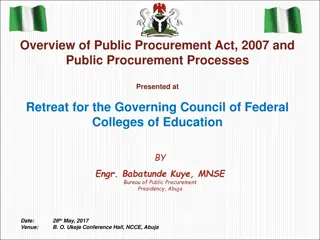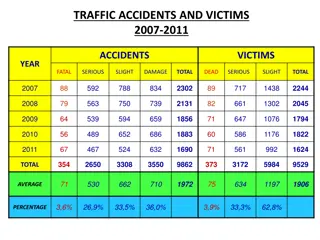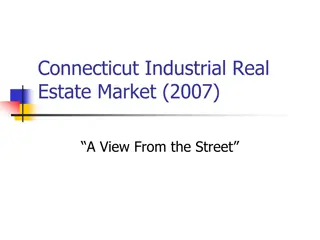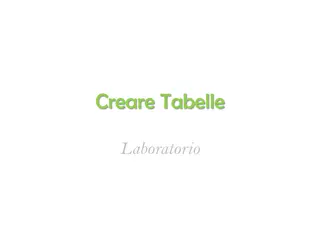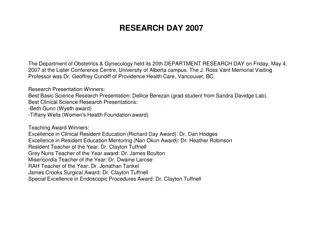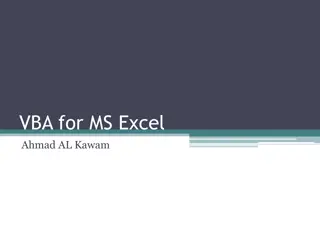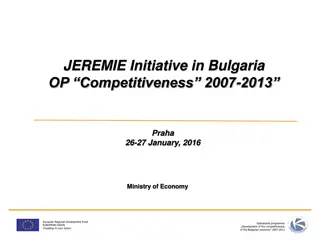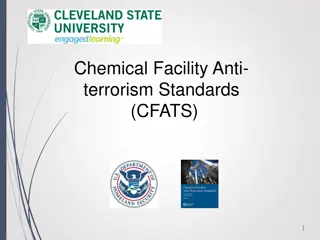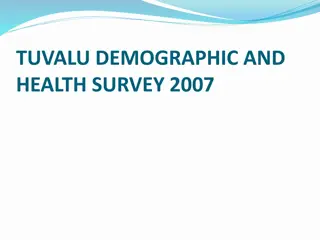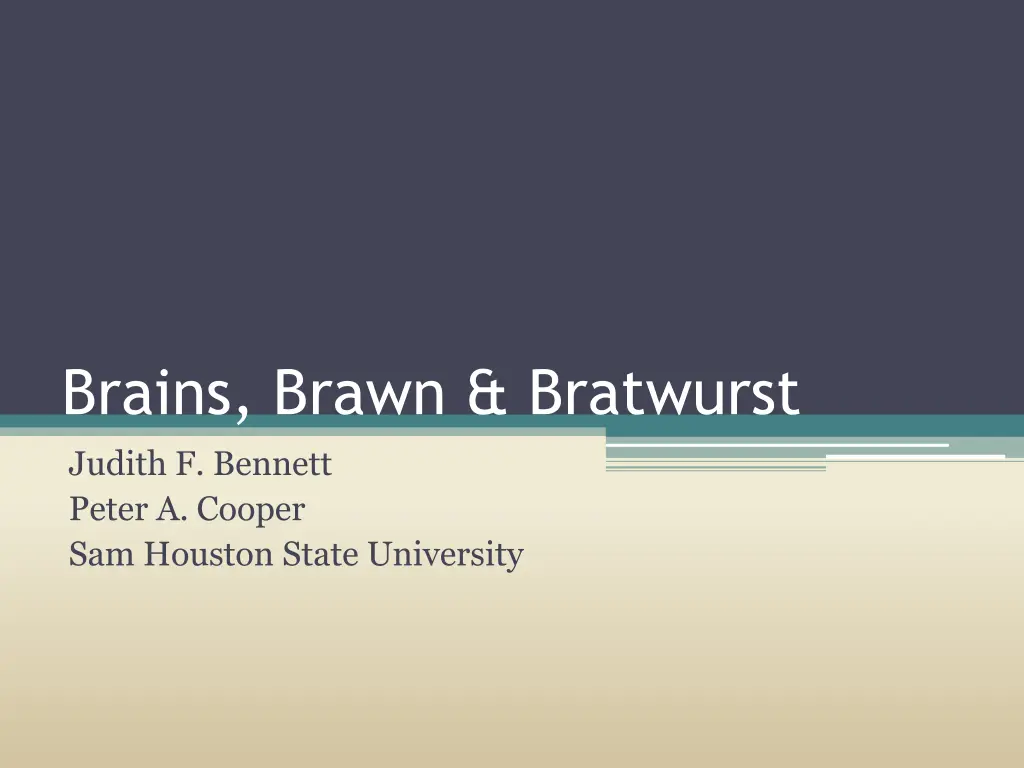
Insights on Technology Education Challenges
Explore the challenges faced in technology education, from the divide between the tech-savvy millennial generation and others to the gaps in teaching quality and course requirements. Questions are raised about preparing students for a technology-driven society.
Download Presentation

Please find below an Image/Link to download the presentation.
The content on the website is provided AS IS for your information and personal use only. It may not be sold, licensed, or shared on other websites without obtaining consent from the author. If you encounter any issues during the download, it is possible that the publisher has removed the file from their server.
You are allowed to download the files provided on this website for personal or commercial use, subject to the condition that they are used lawfully. All files are the property of their respective owners.
The content on the website is provided AS IS for your information and personal use only. It may not be sold, licensed, or shared on other websites without obtaining consent from the author.
E N D
Presentation Transcript
Brains, Brawn & Bratwurst Judith F. Bennett Peter A. Cooper Sam Houston State University
Introduction Whatever gulf separates the rich from the poor, an even greater chasm separates the armed from the unarmed and the ignorant from the educated. Today, in the fast- changing, affluent nations, despite all inequities of income and wealth, the coming struggle for power will increasingly turn into a struggle over the distribution of and access to knowledge Toffler, A. & Toffler H. (1990) Powershift: Wealth and Violence at the Edge of the 21st Century.
Comments from Students I just can t do computers I just don t understand computers I m computer illiterate I m no good in math All I can do is e-mail and IM I don t have the knowledge to function in a technology-based society such as we have now.
Millennial Generation MGs are the young people of today. Many feel they are technologically well equipped Older people feel the same about the young people of today Don t under the underlying mechanisms and systems they are using Don t have a grasp of wide ranging applications available for help in problem solving situations
Millennial Generation Unaware of the social, cultural, legal and ethical considerations that surround the use of technology Do not have the skills to apply critical thinking skills to the real world problems What do we do? How do we change the status quo? Where have we failed? As educators, are we actually teaching our students the skills they need in a technological society?
Course Requirements High School minimally functional basic word processing, web surfing, powerpoint, excel. College If required, usually a one-semester course covering the bare basics including many topics. Little time is spent on each application. Emphasize skills, not thinking.
Teaching Quality Equipment 4-7 years old Operating System at least as old as the equipment Teachers excellent if trained Teachers abysmal as their training time frame has a gap of 6-10 years from the time they left college.
Basic Question Are we using the correct methods to teach technology to our students?
Brains Early history consisted of programming Not all students are capable of programming Fairly good at math Desire to learn programming Needs and skills of the student were never part of the equation
Machine Intelligence vs. Human Intelligence Machine Intelligence Human Intelligence Computational accuracy and speed Replication of results Automation and subservience to mundane tasks Capacity for problem solving through functional decomposition Often the same things used to measure Machine Intelligence are also attributed to Human Intelligence Also have reasoning powers
Brawn Programming gives way to office skills Big Picture is missing in students education Victorian-era factory girl push this button Most students have the ability to learn computers Problem lies in the methods we use to teach them about computers
Bratwurst Sausage uses only the finest ingredients Cannot make a bad bratwurst good but you can certainly ruin a good one by bad grilling We need to look at the quality of the ingredients that we are using in our classes to teach the students about computers
What Should A Good Technology Literacy Course Contain? Highest quality content Conceptual understanding Skills acquisition Applications to the real world structures Whet the appetite rather than satiate The menu for Word system can kill enthusiasm in seconds
Separate Ingredients? Cannot separate the ingredients in a sausage Cannot separate the understanding of intelligent computer systems from the skills necessary to develop and maintain them Break down the tasks for students to acquire critical thinking skills Use purpose driven applications that encompass and address the social, cultural and ethical considerations
Myths Schools teach technology literacy Curriculum taught and qualifications of teachers are questionable Universities do not need to teach technology literacy If the high schools and universities don t teach the technology required, where will the students learn it
Myths A one-size-fits-all curriculum works Students have different backgrounds Different aspirations Will leave in different directions We have the time to teach everything to everybody Most courses consist of one semester Crammed full
Dispelling Myths Learn one or two skills well How can technology be of service to them in the future Technology drives our society Need to be more proficient in things other than e-mail, web-surfing, writing letters and playing games
Students Goals Critique information Find correct information Be able to tell the difference between information and misinformation Above all, keep their information safe
Questions We Need To Answer Where do we go from here? Do we actively pursue ways to teach our students to function in today s society? Do we require them to master more things outside the classroom? Do we need to expand the computer literacy course to two semesters? Do we change the teaching certification requirements to require them to be able to teach computer technology?
Conclusion These questions are begging for an answer. We have to make drastic changes in our approach to computer technology for the students living in a technologically advanced world. It is our job as educators to prepare them to live in a wired world. SO FAR, WE ARE FAILING MISERABLY!!!!!

![❤[PDF]⚡ Space Exploration 2007 (Springer Praxis Books)](/thumb/21607/pdf-space-exploration-2007-springer-praxis-books.jpg)



